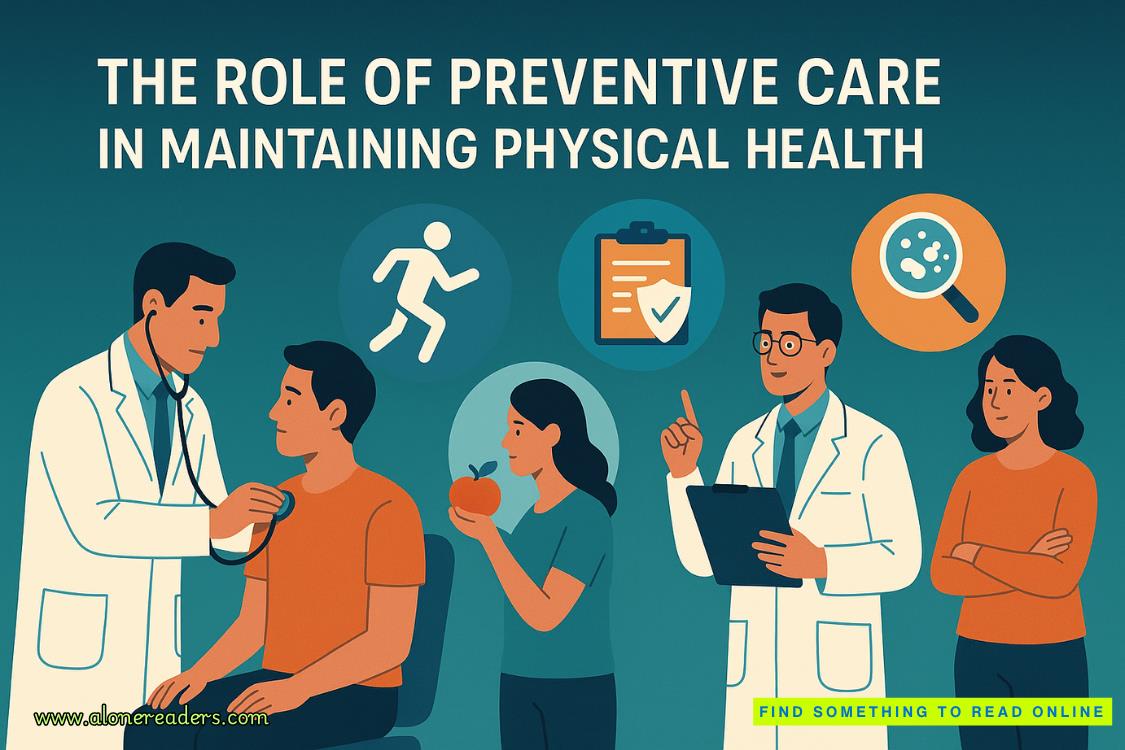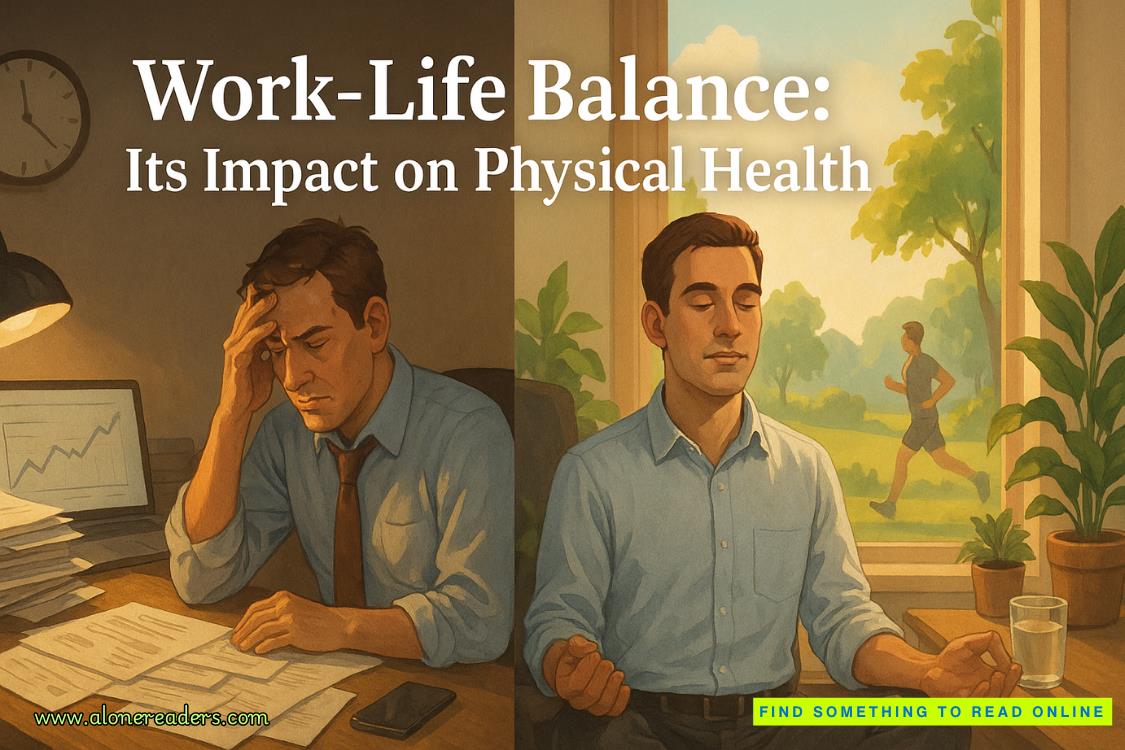The crew of the survey vessel manned the boats and frantically fished people out of the water as more and more of them threw themselves into the sea. The water under the stern soon became alive with screaming men and women, hands reaching out for the boats, afraid they might be missed. The crew on board the ship also operated the crane equipment, which dropped rafts and nets over the side for swimmers to clamber onto before lifting them up to the work deck. They even threw over hos
es and tied stepladders to the railings for swimmers to climb. As unwavering in their efforts as they were, however, they were simply overwhelmed by the sheer numbers of people struggling in the water. Later, they would agonize over those who drowned and were lost before the boats could reach them.
The women scientists took over once the passengers came on board, greeting and cheering them up before tending to the burned and injured. A great number had been blinded by the smoke and fumes and had to be led to the hospital or the aid station in the mess room. None of the scientists were trained in treating smoke inhalation, but they all learned fast and it would never be known how many lives were spared by their dedicated efforts.
They guided the unhurt down to designated interior staterooms and compartments, spacing them out to maintain the ship's stability and balance. They also set up a passenger assembly area to list the survivors and to help them find friends and relatives that had become missing or lost in the confusion.
During the first thirty minutes, more than five hundred people were pulled out of the water by the boats. Another two hundred made it to the rafts alongside the Deep Encounter and were lifted on board by the slings attached to winches. The rescuers concentrated only on the living. Any bodies found to be dead when pulled into the boats were returned to the sea to make room for those who still clung to life.
Retrieving and carrying twice the capacity of passengers allowed under maritime regulations, the boats came around to the stern, where they were quickly lifted on board by one of the boom cranes. The survivors were then able to step on deck without climbing the side, and those who were injured were immediately laid onto stretchers before being carried to the ship's hospital and medical station. This system, devised by Pitt, was far more efficient and actually emptied the boats and put them back in the water in half the time it would have taken to unload the exhausted survivors from the boats and heave them over the sides one at a time.
Burch could not allow his mind to stray to the rescue operation. He concentrated on keeping the Deep Encounter from bashing in her hull. He felt it was his task, and his task only, to try to keep his ship from destroying itself against the great cruise liner. He'd have given his left arm to have engaged the ship's dynamic positioning system, but with both ships drifting under wind and current, it proved futile.
With a wary eye on the increasing height of the swells sweeping against the port side of his ship, he boosted the power to the thrusters and Z-drives every time one threatened to shove Deep Encounter crashing against the massive stern of Emerald Dolphin. It was a battle that he did not always win. He'd wince, knowing that hull plates were being crushed and buckled. He didn't have to be a psychic to know that water was beginning to spurt through the ruptures. A few feet away in the pilothouse, Leo Delgado computed weight and list factors as literally tons of survivors poured on the survey ship like an unending tidal wave. Already, the Plimsoll marks, indicating the maximum load level on the hull, were eighteen inches below the surface.
Pitt took on the job of masterminding and directing the rescue operation. To those working frantically to save more than two thousand people, it seemed he was everywhere, giving orders over his portable radio, pulling survivors from the water, directing the boats to where those in the water had drifted away, helping work the cranes as the boats were brought on board and unloaded. He shepherded survivors descending down the lines into the waiting arms of the scientists who then guided or carried them below. He caught children in midair whose arms and hands had gone numb from the effort and let go of the last ten feet of line. With no small apprehension, he saw that the ship was becoming dangerously overloaded with another one thousand passengers yet to save.
He ran up to the pilothouse to check with Delgado on the weight distribution. "How bad is it?"
Delgado looked up from his computer and gave a gloomy shake of his head. "Not good. Add another three feet to our draft and we'll become a submarine."
"We've still another thousand bodies to go."
"In this sea, the waves will start surging over the gunnels if we take on another five hundred. Tell your scientists they've got to spread more survivors toward the bow. We're getting too heavy in the stern."
Absorbing the bad news, Pitt gazed up at the multitude of people sliding or being lowered on the lines. Then he looked down to the work deck as a rescue boat unloaded another sixty survivors. There was no way he could condemn hundreds of people to their deaths by refusing to save them aboard the little survey ship. A solution, although partial, formed in his mind. He hurried to the work deck and assembled several of the ship's crew.
"We've got to lighten the ship," he said. "Cut the anchors and chain and drop free. Hoist the submersibles over the side and let them drift in the water. We can pick them up later. Every piece of equipment that weighs over ten pounds, toss it overboard."
After the submersibles were swung over and released to float away, the huge A-frame on the stern of the ship that was used to launch and recover oceanographic equipment was unmounted and dropped over the sides as well. Except that it didn't float. It went straight to the bottom of the sea, followed by several winches and their miles of heavy cable. He was cheered to see that the hull rose out of the water by nearly six inches.
Next, as another weight-saving measure, he instructed the men in the boats as they came alongside, "Our load problem has become critical. After you pick up your final haul of survivors, remain adrift next to the ship, but do not send anyone aboard."
The message was acknowledged by a wave of the hand as the helmsmen steered the boats back toward the mass of people struggling in the water.
Pitt looked up as McFerrin hailed him from above. From his vantage point, the second officer could see that the survey ship, despite the equipment that was jettisoned, was still dangerously low in the water. "How many more can you take on board?"
"How many people are still left up there?"
"Four hundred, give or take. Mostly crew now that the passengers have fled."
"Send them down," Pitt instructed him. "Is that the lot?"
"No," answered McFerrin. "Half the crew escaped to the bow."
"Can you give me a number?"
"Another four hundred and fifty." McFerrin looked at the big man on the Deep Encounter who seemed to be running the evacuation with incredible efficiency. "May I have your name, sir?"
"Dirk Pitt, special projects director for NUMA. And you?"
"Second Officer Charles McFerrin."
"Where is your captain?"
"Captain Waitkus is missing," McFerrin replied, "and believed dead."
Pitt could see that McFerrin had suffered burns. "Hurry down, Charlie. I've got a bottle of tequila waiting for you."















